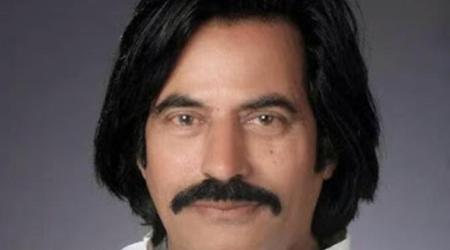 Security forces firing on Dera followers on Friday. (Express photo by Jaipal Singh)
Security forces firing on Dera followers on Friday. (Express photo by Jaipal Singh)
With the followers of Dera Sacha Sauda chief Gurmeet Ram Rahim Singh going berserk after his conviction in a 15-year-old rape case, security forces are trying to control the situation and keep law and order in place. At least 30 people have been killed and over 250 injured in the violence unleashed by Ram Rahim’s supporters, prompting the authorities to impose section 144 in several places, including the national capital.
The Indian Express has got a lay-down of how the Army deals with law and order situations. Here are the procedures that are followed before army’s deployment.
1. Sources in the Army said the procedure to deal with such circumstances has been laid out in Aid to civil authorities. The strategy is common to all such affairs and is based on the instructions in Aid to civil authority.
2. According to army sources, the rules defining the circumstances, degree, and manner in which force may be applied, are clearly stated and are common to various situations.
3. As per sources, the armed forces are given detailed instructions for putting the law and order situation back in place.
4. According to procedure, a magistrate is assigned to each column of the force. In the case of situation following Dera verdict, Punjab’s Mansa and Mukhtsar have been given one column each, eight columns of the army have been deployed in Haryana with six in Panchkula and two in Sirsa. While the basic guideline is always to use minimum force required, the decision to open fire rests with the magistrate. It is only upon the magistrate’s order that the column of soldiers open fire, sources said.
5. Sources said the civil administration, police and army work in close coordination to identify the time and areas where violence may take place. They then station reserve troops at important spots to counter any untoward situation.
6. As per sources, in order to enable faster and efficient communication, the joint control rooms of police and army have been activated.

